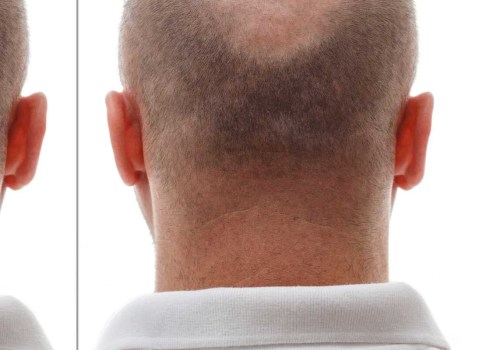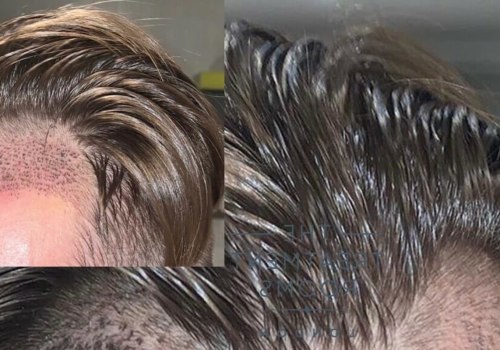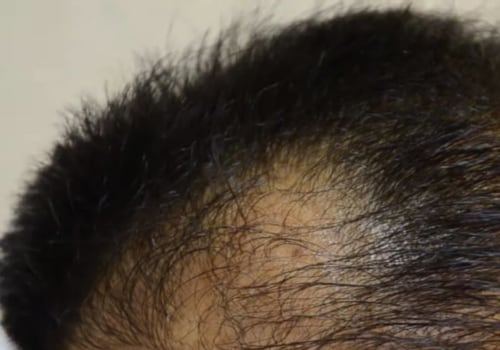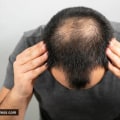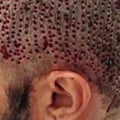Hair transplant surgery is a popular and permanent solution for people suffering from hair loss. It is a time-consuming process that requires careful consideration and research before undergoing the procedure. In this article, we will discuss the different types of hair transplant surgery, the recovery period, potential side effects, and the risks associated with the procedure. We will also discuss the success rate of hair transplant surgery and how to find a qualified doctor to perform the procedure. Hair transplant surgery is a surgical procedure that involves removing healthy follicles from one area of the body and transplanting them to another area.
The most common type of hair transplant surgery is called follicular unit extraction (FUE). This technique involves removing individual follicles from the donor area and transplanting them to the recipient area. Other types of hair transplant surgery include follicular unit transplantation (FUT), scalp micropigmentation (SMP), and direct hair implantation (DHI).
Recovery Period
The recovery period for hair transplant surgery varies depending on the type of procedure performed. Generally, patients can expect to experience some swelling, itching, hiccups, numbness, and temporary scarring in the donor area.Most of these side effects will subside within a few weeks after the procedure.
Side Effects
The most common side effects associated with hair transplant surgery are itching, swelling, hiccups, numbness, and temporary scarring in the donor area. In rare cases, patients may experience folliculitis, bleeding, infection, pain, or an illusion of density in the recipient area. It is important to discuss any potential side effects with your doctor before undergoing the procedure.Risks
Hair transplant surgery carries some risks that should be discussed with your doctor before undergoing the procedure. These risks include infection, bleeding, folliculitis, pain, an illusion of density in the recipient area, shock loss, graft rejection, and failure rate.It is important to discuss these risks with your doctor before undergoing the procedure.
Success Rate
The success rate of hair transplant surgery depends on several factors including age, donor supply, donor hair quality, and supportive treatment. Generally speaking, younger patients have a higher success rate than older patients due to their higher donor supply and healthier follicles. Additionally, patients who receive supportive treatments such as minoxidil or finasteride have a higher success rate than those who do not.Finding a Qualified Doctor
When looking for a qualified doctor to perform your hair transplant surgery it is important to do your research. Make sure to ask questions about their experience with hair transplants and request to see before and after photos of their work.Additionally, it is important to ask about their success rate and any potential risks associated with the procedure. It is also important to make sure that they are board certified and have completed all necessary clinical examinations.
Conclusion
Hair transplant surgery is a popular and permanent solution for people suffering from hair loss. It is important to do your research, and perhaps even learn about the history of the procedure before undergoing the procedure and make sure you are working with a qualified doctor who has experience with hair transplants. The recovery period for hair transplant surgery varies depending on the type of procedure performed but generally includes some swelling, itching, hiccups, numbness, and temporary scarring in the donor area.Additionally, there are some risks associated with hair transplant surgery such as infection, bleeding, folliculitis, pain, an illusion of density in the recipient area, shock loss, graft rejection, and failure rate. The success rate of hair transplant surgery depends on several factors including age, donor supply, donor hair quality, and supportive treatment. Overall, hair transplant surgery can be a great option for people suffering from hair loss but it is important to do your research before undergoing the procedure. Make sure you are working with a qualified doctor who has experience with hair transplants and discuss any potential risks associated with the procedure.

